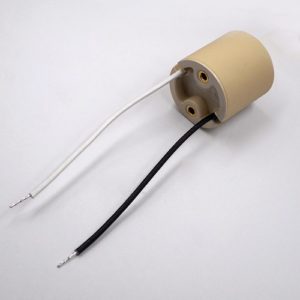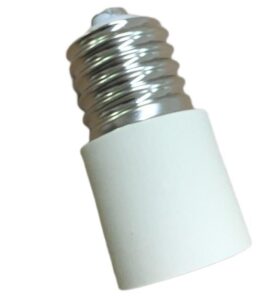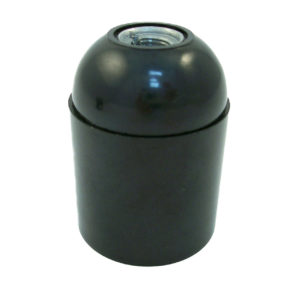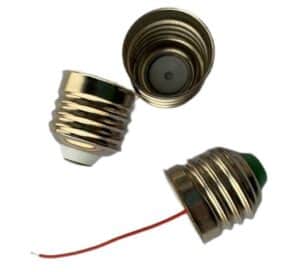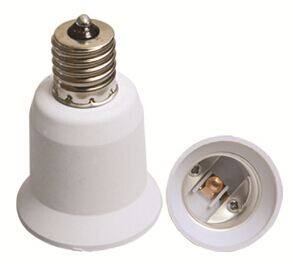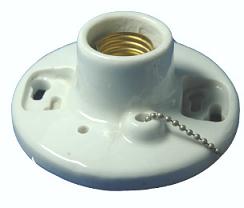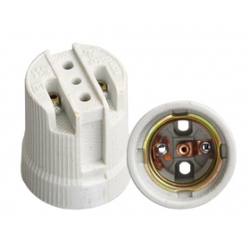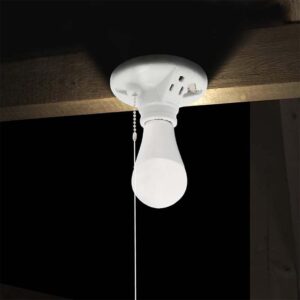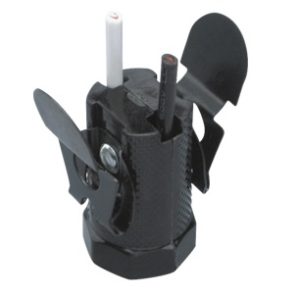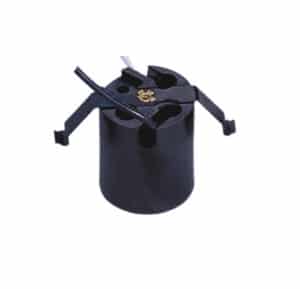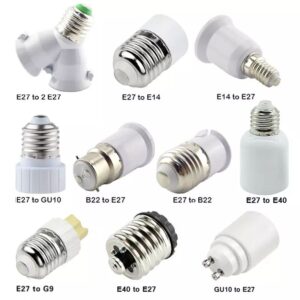There are times when you might want to convert a light switch to a plug so you can have another place to plug something in a room where you don’t have enough outlets. While it sounds easy to repurpose a switch, it involves a lot of electrical work and needs to be done carefully. You can convert a light switch to a plug. It’s not as easy as you might think, and you will need to consider the wiring, the circuit and safety codes.
Yes, you can change a light switch to a plug, but it depends on your wiring and the load on your circuit. Making sure the power source can handle the additional load of a plug is important for safety. This can be complicated, especially if the wiring to your existing light switch isn’t designed to carry the load of a plug.
A light switch and a plug serve different purposes in your electrical system. A light switch is designed to control the flow of electricity to lighting fixtures by turning the power on and off. It either makes or breaks a circuit, so you can control a single light or a group of lights. A plug, on the other hand, provides continuous power to things you plug into it. Because of the difference in how they work, the wiring is different.
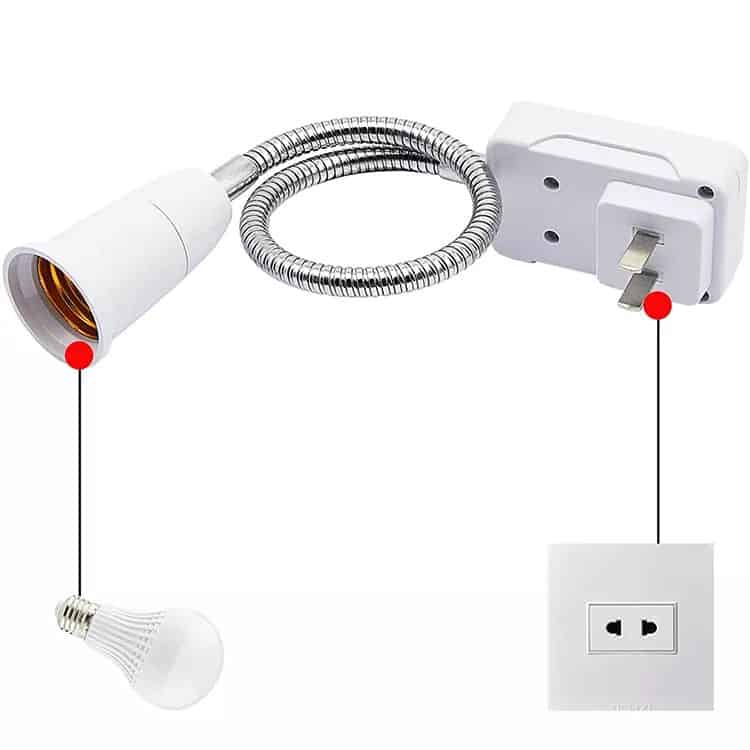
Understanding the Differences Between Light Switches and Plug Sockets
A light switch controls power to lights by completing or interrupting an electrical circuit. The wiring in a light switch often consists of a hot (live) wire that provides power and a switched wire that leads to the light fixture. In some cases, there may also be a ground wire for safety. However, in many older homes, light switches don’t have a neutral wire, which is critical for powering most appliances that plug into a socket.
On the other hand, a plug socket supplies constant power to devices like lamps, chargers, or small appliances. It typically has three wires: hot, neutral, and ground. The hot wire delivers power, the neutral wire completes the circuit back to the electrical panel, and the ground wire provides protection against electrical faults. For a successful conversion, these elements must be present in the switch box, and the circuit must be capable of supporting the additional load of a plug socket.
What You Need to Consider Before Making the Conversion
Before attempting to convert a light switch into a plug socket, one of the first things to consider is whether the current circuit can handle the increased power demand. Light switches are often part of a lighting circuit that is designed to handle lower power loads than plug sockets. If you convert the switch into a socket and then plug in high-demand appliances, you could overload the circuit, leading to tripped breakers or even an electrical fire.
You also need to ensure that the circuit breaker connected to the switch can accommodate the additional load. Most lighting circuits are protected by 15-amp breakers, which may not be sufficient for appliances that require more power. If you’re planning to use the plug socket for heavy-duty appliances, it’s crucial to check the breaker’s capacity and upgrade it if necessary. Additionally, you must comply with local electrical codes, which regulate how conversions like this should be performed. Safety standards like installing a ground fault circuit interrupter (GFCI) outlet in areas near water, such as bathrooms or kitchens, are essential to prevent electrical hazards.
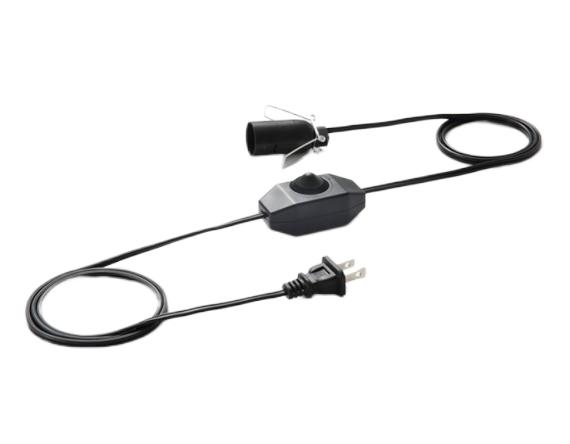
Step-by-Step Guide: How to Convert a Light Switch to a Plug Socket
Turn Off the Power
Before starting any electrical work, ensure that the power is completely turned off at the breaker panel. This prevents the risk of electric shock or damage to the wiring. Use a voltage tester to confirm that no power is running to the switch.
Assess the Wiring
Once the power is off, remove the light switch cover and inspect the wiring inside the electrical box. Look for a hot wire, neutral wire, and ground wire. If the neutral wire is missing, which is common in older homes, you may need to run new wiring from the electrical panel. Without a neutral wire, the conversion cannot be done safely.
Replace the Light Switch with a Socket
If the correct wires are present, carefully disconnect the light switch and attach the wires to a new plug socket. The hot wire should be connected to the brass terminal on the socket, the neutral wire to the silver terminal, and the ground wire to the green terminal. Once the wiring is securely connected, screw the socket into place and install the new faceplate.
Install a GFCI Outlet (If Necessary)
If you are installing the socket in a kitchen, bathroom, or another area where moisture is present, you should install a GFCI outlet. These outlets are designed to shut off power quickly if they detect a ground fault, providing extra protection against electrical shock. GFCI outlets are required by most electrical codes in areas near water.
Common Issues and Challenges
One common challenge in converting a light switch to a plug socket is the absence of a neutral wire. Many older homes, especially those built before the 1970s, only have hot and ground wires running to the switch. Without a neutral wire, appliances plugged into the new socket won’t be able to function properly, and attempting to wire the socket without it can create significant safety hazards. In such cases, running new wiring from the electrical panel to the switch box may be required, which is a job best left to a professional electrician.
Another issue is overloading the circuit. Lighting circuits are designed for lower power loads, so converting a switch on this circuit to a plug socket might cause problems if too many appliances are connected. If the circuit breaker trips frequently or if the wiring heats up, it’s a sign that the circuit is overloaded. In these situations, you may need to upgrade the circuit to handle higher loads or run a new circuit dedicated to the plug socket.
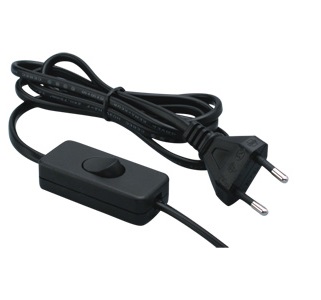
When to Call a Professional Electrician
If you’re dealing with complex wiring or if the switch lacks a neutral wire, it’s best to call a licensed electrician. They can assess the situation and recommend the safest solution. Additionally, an electrician can ensure that the conversion complies with local electrical codes, which is critical for safety and for passing future home inspections.
Electricians also have the knowledge to upgrade your circuit breaker if needed and can help rewire the switch box if the current wiring is insufficient for a plug socket. Professional help is especially important if you’re unsure about the condition of the wiring or the capacity of your electrical system.
Alternatives to Converting a Light Switch
If converting a light switch to a plug socket seems too complex or risky, there are other options to consider. One alternative is to install a new socket entirely, leaving the light switch as it is. Running new wiring to a dedicated plug socket ensures that the circuit can handle the load without interfering with your existing lighting.
Another option is using smart switches or combination switch/socket devices. These modern alternatives allow you to control both a light and a plug socket in the same electrical box, providing more flexibility without the need for major rewiring.
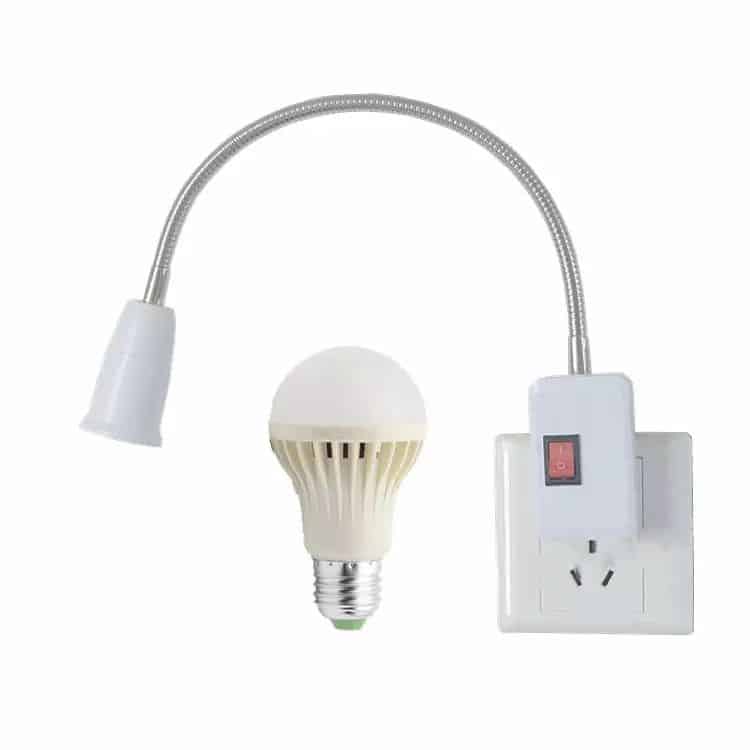
Final Words:
You can convert a light switch to a plug, but you need to do it carefully and safely. Making sure the circuit can handle the extra load, having the right wires, and following electrical codes are all important. When in doubt, consult an electrician to avoid danger and make sure your conversion is safe and works.

